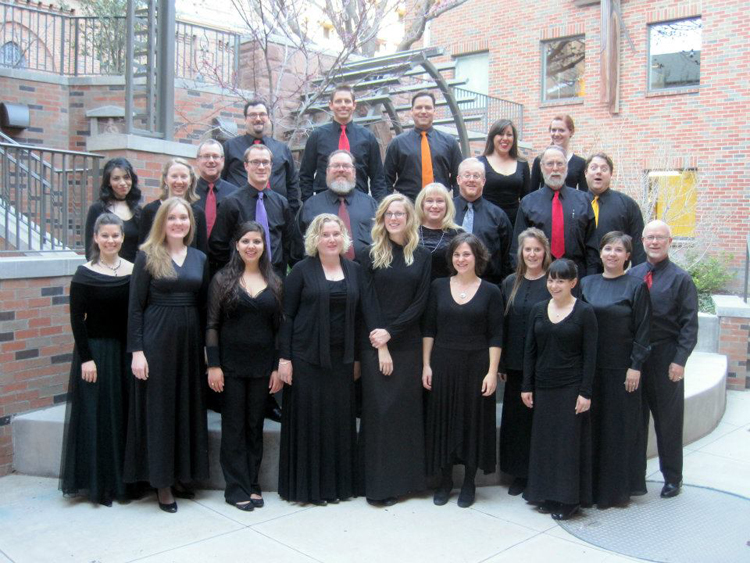

Its sound covers every sonic possibility: fat basses, powerful leads, and the beautiful pads that you expect from a polyphonic synthesizer. Polyphony and Voice Leading Four-part chorale writing is still taught at conservatories all over the world as a representative template for pure traditional tonality. Compared to monophony and homophony, polyphony is mostly improvised during the performance. Another example is the Winchester Troper, from C.1000 A.D, the oldest known extant example of chant polyphony. Every detail has been improved on from minilogue and monologue. These treatises utilize two-voice note-against-note chant embellishments with parallel octaves, fifths, and fourths.


In addition to distinctive, original circuitry, such as wave shaping to shape the oscillator’s overtones and a sync/ring switch, prologue also features a two-pole low pass filter with enhanced sharpness, drive that adds powerful distortion, and a low cut (high pass) switch. throat singing of Tuva (Mongolia) moving overtones usually occur over a stable drone. Each voice gets 3 newly-designed analogue VCOs, 2 independent analog filters, a. With Moog One, the iconic synth maker delivers a 16-voice polyphonic analog synthesizer with all sorts of programming capabilities. The prologue uses a structure of 2VCO + MULTI ENGINE, 1VCF, 2EG, 1VCA, and 1LFO. The last time Moog made a polyphonic synthesizer, it was the Memorymoog back in 1982. It features a pure analog path, impeccable sound quality, stunning presence unlike any other poly synth, and the same intuitive interface as the minilogue and monologue, granting you intuitive access to a vast world of analog synthesis. Although the prologue is a flagship instrument, it still retains the inviting feel and accessibility of its predecessors. One voice mimics the motive ideas of the. Imitative Polyphony The next excerpt is two-part, imitative polyphony. Layering is an important feature of polyphonic texture. This is somewhat like different parts of a machine moving at different but related speeds. And of course, the more features you add per voice, the larger and more costly your system becomes. One voice may contain mostly quarter notes while another contains eighth notes. KORG’s analog synthesizer development in recent years has culminated in the prologue, which was designed using 11,000 discrete electronic components. A polyphonic analog modular synth requires a lot of duplicated resourceswhich can pull away from a system's overall variety (another key reason people get into modular synths in the first place). With it, you get four voices of polyphony, an intuitive pattern sequencer, an arpeggiator with hold function and built-in effects such as chorus and delay too. Moog Music Moog One 16-Voice Synthesizer. Judge the JU-06A not by its (adorable) size the polysynth is an adept all-rounder, capable of putting out huge sounds. Arturia PolyBrute 6-Voice Polyphonic Morphing Analog Synthesizer. The prologue is a polyphonic analog synthesizer with 8 or 16 multitimbral voices. Sequential Prophet-5 Polyphonic Analog Synthesizer Pre-Order.


 0 kommentar(er)
0 kommentar(er)
